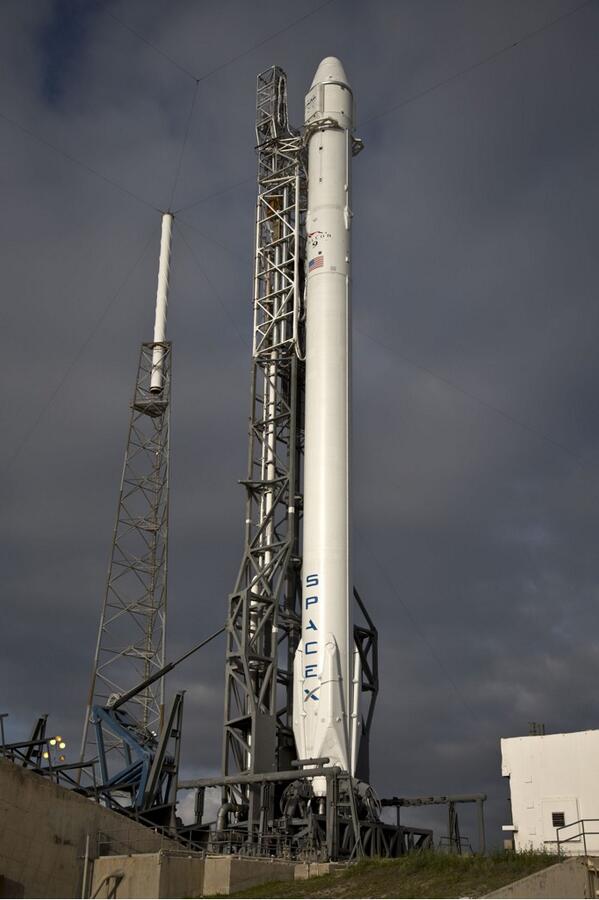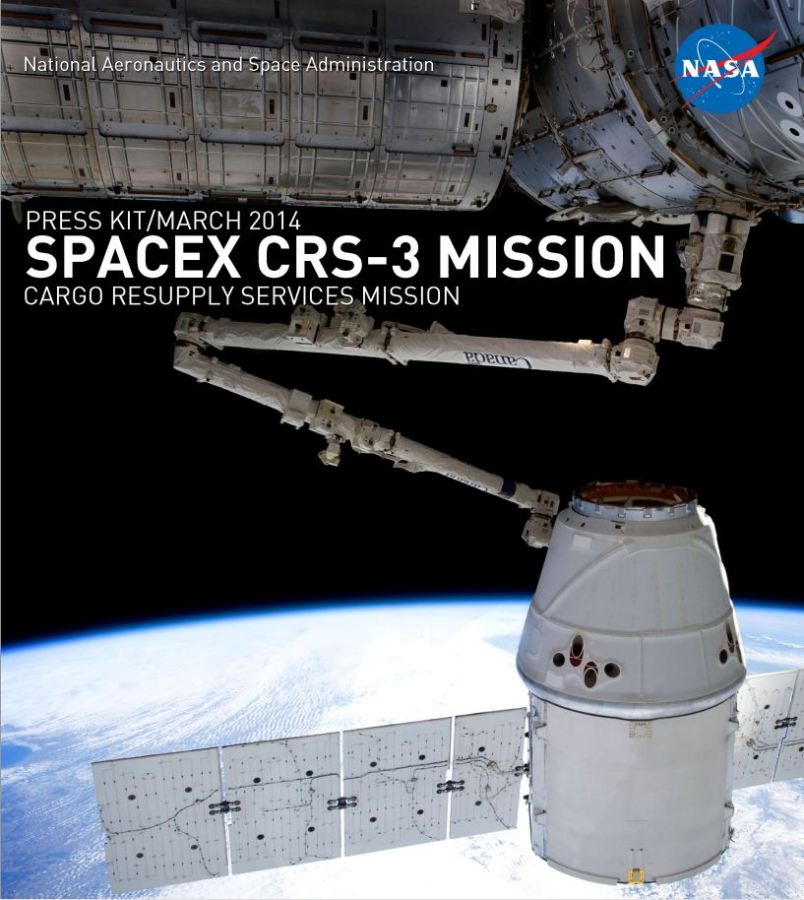Japanese Experiment Pressurized Module Inter Module Ventilation (IMV) Cleaning: Commander (CDR) Wakata temporarily removed the Starboard Forward Fan and IMV grills and cleaned behind them. Wakata and and Flight Engineer (FE) Mastracchio then measured the air velocity in the JEM using the Velocicalc instrument. Ice Crystal-2 Troubleshooting: During an Ice Crystal-2 experiment run on March …




























